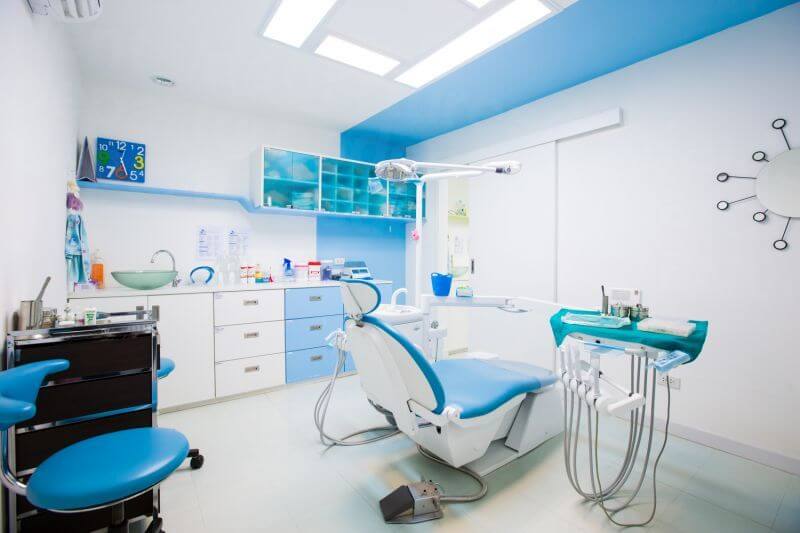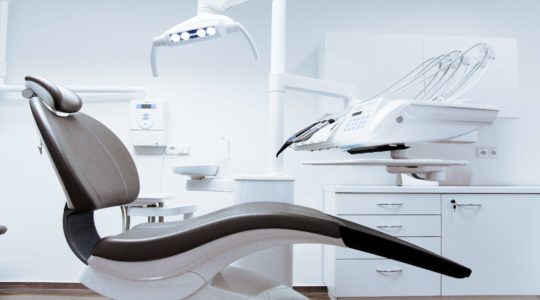
Modern 3D diagnostic system
3D diagnostic system
The famous physicist and astronomer, Galileo Galilei, brought a new dimension to modern science. Therefore, it’s appropriate that the technology bringing a new dimension to modern dentistry bears his name. What might be surprising is how much easier this may make your next trip to the dentist.
What that means for YOU
- Safety: The smallest amount of radiation possible (10 times less radiation than a conventional CAT scan
- Convenience: No need for an 18 x-ray full mouth series or need to go to the hospital for a CAT scan
- Ease and Comfort: Quick 20 second scan around your head provides 200 images rather than putting sensors in your mouth
- Increased quality of diagnosis: Abcesses or infections, sinus issues, malignancies of the jaws and dental lesions previously undiagnosed or unable to be seen on traditional 2-dimensional dental X-rays can now be detected
- Less invasive dentistry: Precision in measuring the amount and thickness of bone allows for better planning before oral surgery or implant placement
- Increased accuracy: Root canal therapy is enhanced by the ability to identify the nerve system
- Fewer appointments: Treatment can be expedited due to more accurate treatment plans with improved results
- Affordable: Less x-rays with less cost, signifcant cost savings compared to a hospital CT
3D Dental Implant Design
One of the reasons why patients love GALILEOS is because 3D imaging capability translates into more precise, more natural-looking dental implants. While traditional 2D imaging is limited in its scope, with GALILEOS we can measure things like bone density, which is essential for placing dental implants.
To determine whether you’re a good candidate for dental implants, one of the primary things we must evaluate is the thickness and quality of your jaw bone. This is important because dental implants are permanently attached to your jaw, and it’s essential that your jaw is dense enough — and healthy enough — for implants to be possible and successful. With 3D scans, we can also gauge the thickness of your bone structure to determine what size dental implants are appropriate for your mouth. In essence, the more information your dentist has about your mouth, the better your dental implants will look and feel!


